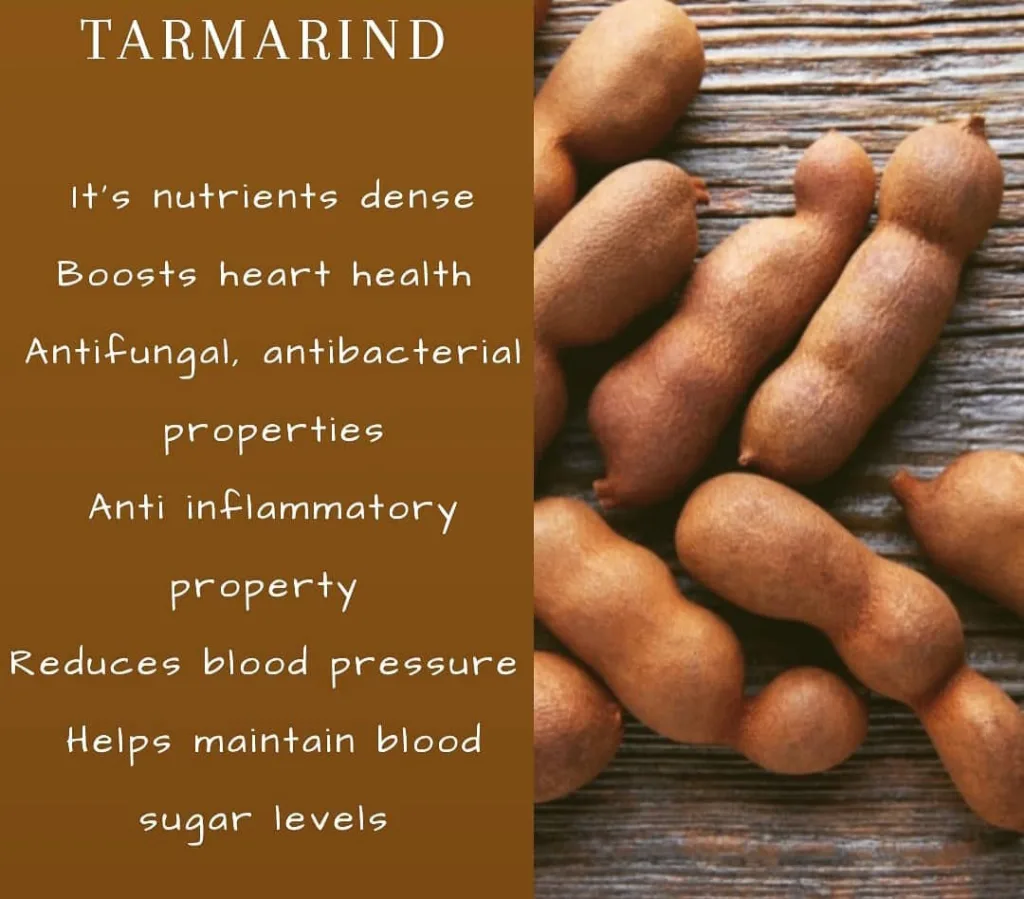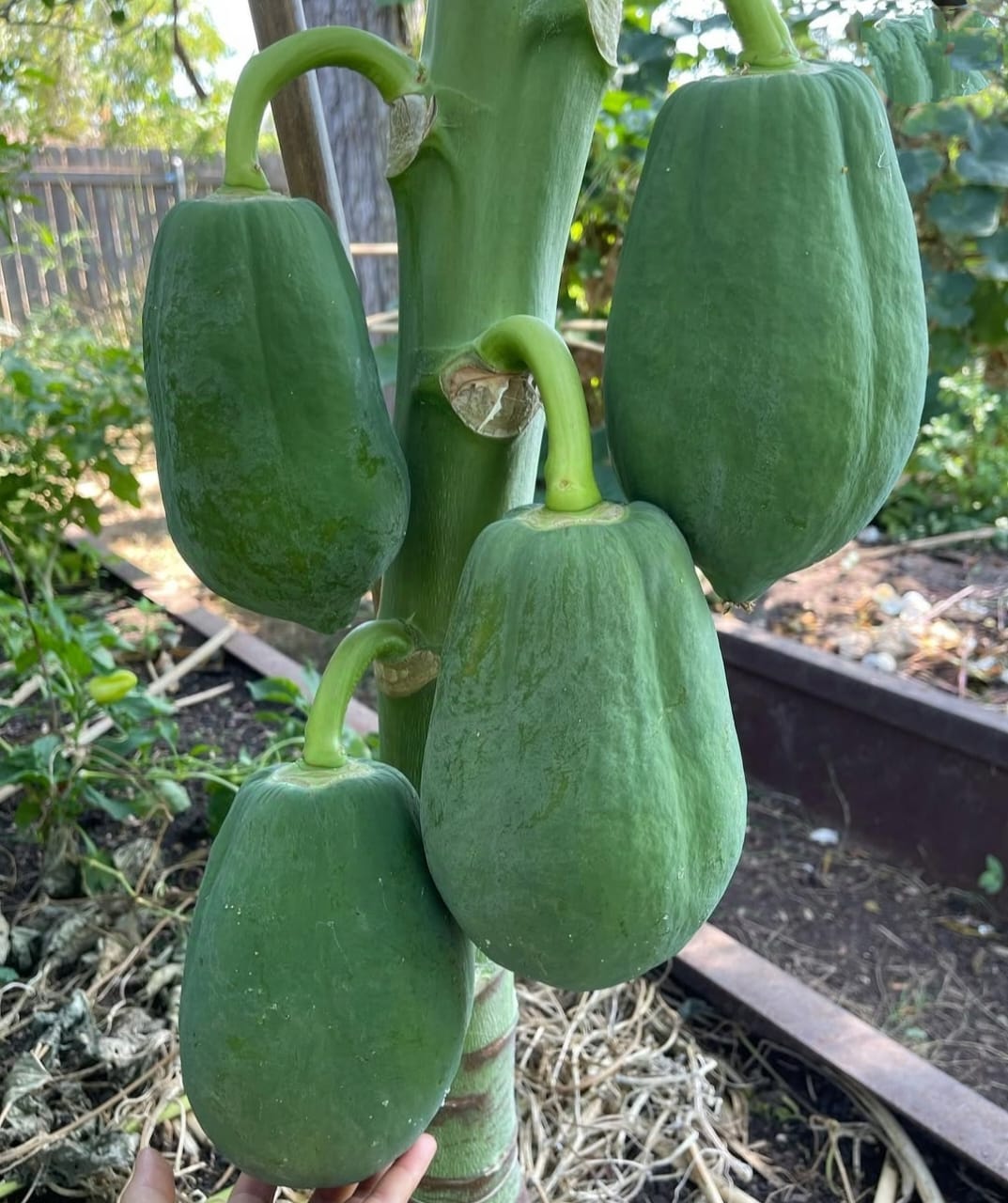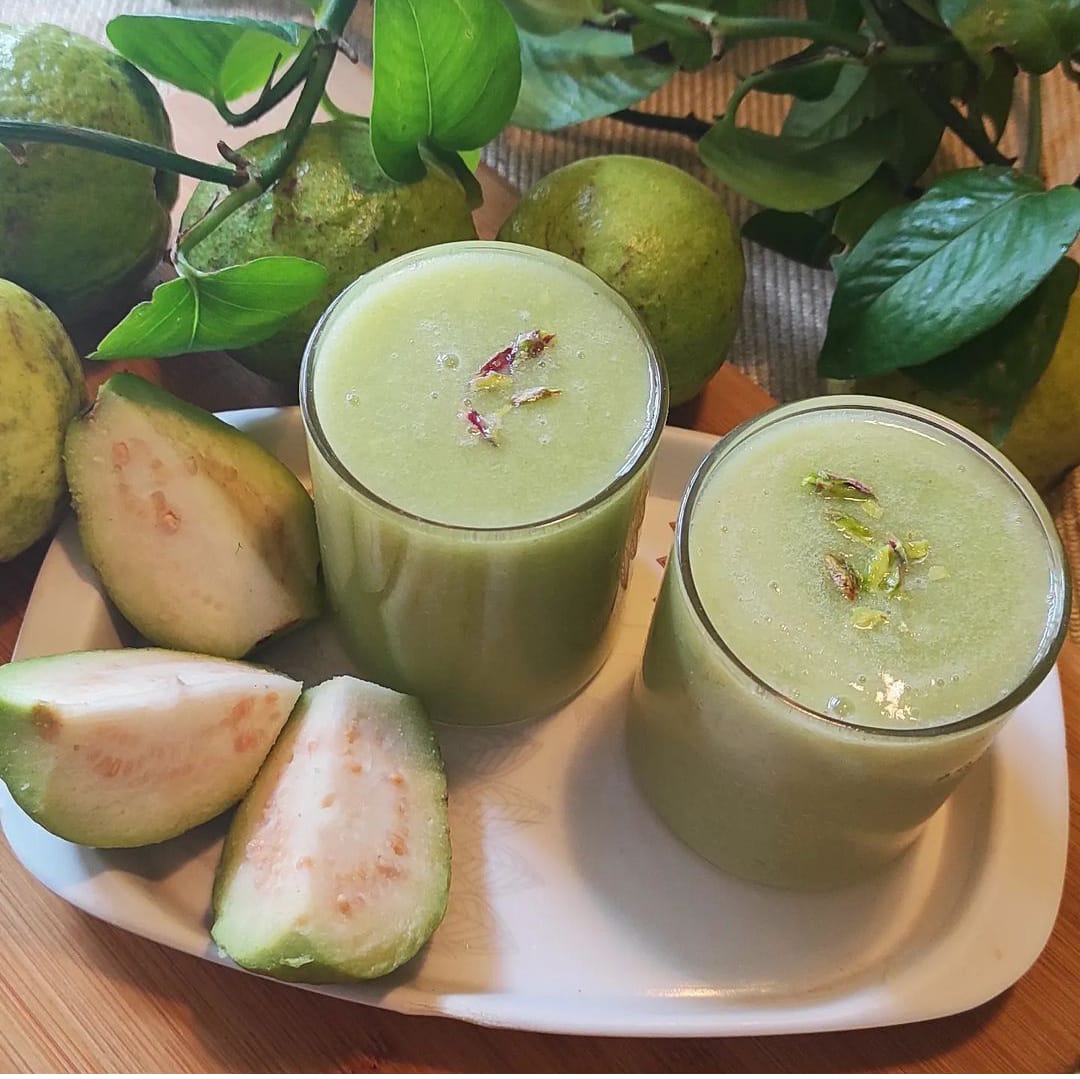Table of Contents
What is Tamarind
The tropical hardwood tree that bears the famous “tamarind” has bean-like pods chock-full of a sweet-sour pulp. Immature, it is sour and green; when ripe, sweeter and tangier, like a paste. This fruit, therefore, is savoured in many civilizations around the world.
It is eaten raw or cooked very heavily. Raw or cooked pulp is a common ingredient in many recipes, sauces, and condiments such as Worcestershire sauce. Many nations in Asia, South and Central America, Africa, and the Caribbean also use tamarind for candies, chutneys, marinades, and cool drinks.
As if pulp wasn’t enough, this tree uses its leaves, beans, bark, and wood too. Because of its versatility it is a very popular ingredient in various cuisines worldwide infusing a special flavor to many dishes. Have you ever prepared anything with tamarind?
Uses List
- Sauces, for example, Worcestershire sauce
- Chutneys
- Soups and Stews
- Beverages, for example, tamarind juice
- Snacks and Sweets, candies
- Health Benefits, vitamins and antioxidants
- Traditional Medicine
- Animal Feed
- Wood for construction/Furniture
- Skincare Products
- Paste
What is Tamarind Good for

Benefits for Diseases
- Digestive benefits: The diet rich in fiber, can aid easy digestion and prevent constipation
- Rich in Minerals. Antioxidants, Magnesium, Potassium and vitamins C and B.
- Anti-Inflammatory Properties: It helps the body, to reduce internal inflammation.
- Heart Health: Improved blood pressure regulation improves heart health.
- Weight Loss: A diet low in calories but high in fiber, makes a person feel fuller for more extended periods.
- Detoxification: Thought to support the detoxifying of the liver, with a general improvement in organ health.
- Antioxidant activity is thought to benefit healthy skin.
- Cooking Utility: It provides a very strong flavor to many food items, sauces, and soft drinks.
Cooking uses
- Sauce—that is, excluding Worcestershire sauce—
- Marinades
- Chutneys
- Drinks (tamarind juice is one of them)
- Sweets
- Soups and Stews
Tamarind Nutrition Chart
| Nutrient | Amount per 100g |
|---|---|
| Calories | 239 kcal |
| Carbohydrates | 62.5 g |
| Dietary Fiber | 5.1 g |
| Sugars | 57.4 g |
| Protein | 2.8 g |
| Fat | 0.6 g |
| Vitamin C | 3.5 mg (6% DV) |
| Thiamine (Vitamin B1) | 0.11 mg (9% DV) |
| Riboflavin (Vitamin B2) | 0.08 mg (6% DV) |
| Niacin (Vitamin B3) | 0.61 mg (4% DV) |
| Vitamin B6 | 0.12 mg (9% DV) |
| Folate | 12 mcg (3% DV) |
| Potassium | 628 mg (18% DV) |
| Magnesium | 92 mg (23% DV) |
| Iron | 2.8 mg (15% DV) |
DV = Daily Value based on a 2000 calorie diet.

Benefits for Females
- Provides energy: The nutrients present in tamarind may enhance energy levels, hence boosting overall energy.
- Its high vitamin, and mineral content can enhance sexual health, and urge hence increasing libido (sex drive).
- Digestive health :It is full of dietary fiber content which helps in preventing constipation and digestion.
- Nutrient-dense :It is high in essential vitamins, and minerals that improve general well-being, and health.
- Improves heart health :It might assist in lowering cholesterol thus improving cardiovascular health.
- It could even boost fertility because it is nutrient dense.
- It has high vitamin C content boosting the immune system and keeps one away from diseases.
- Dietary fiber can aid, in its weight reduction by reducing hunger.
- It can also help the breasts, generally look and feel much healthier.
- Skin health: It’s antioxidant content will promote healthier skin. It can also reduce some signs of aging on the skin.
- Promotes calming effects in the body: It can help ease stress. Its calming nature will help soothe one.
- Regulation of blood sugar: Insulin-resistant people can benefit from its ability to regulate blood sugar.
- Health for menstruation: The anti-inflammatory properties from it can reduce pains felt during menstruations.
Sexual health: In general, the health benefits of it may be useful in improving sexual health and functionality.
What is Tamarind Flavor
It has a unique and complex taste profile where the sour taste almost hesitates to compromise in balance with the sweetness. When the fruit is young, its flavor would be mostly acidic and tart, but as it ripens, there develops a sweeter flavor that balances the acidity. Its flavor would be fruity with a very faint hint of earthy tones that give the flavor its depth and some minimal likenesses to the flavor of dates or raisins.
It can also add a touch of umami to different dishes; there may even be a combination of sweet and savory flavors in it, thereby bringing out its total flavor profile. Flavor unique, it is versatile and can be used in both savory and sweet recipes. That’s why it is well incorporated in all those cuisines around the world.
What is Tamarind Paste
Concentrated from tamarind fruit pulp, this paste is very versatile in its various uses, from acidic, sweet-sour taste to thick, dark brown consistency. It’s commonly used while cooking to give a soup, marinade, or sauce a little more depth and acidity. This isn’t hard to use: it does not require the same processing as fresh tamarind pods.
Its paste can be stored in the fridge or freezer with a long shelf life, making this condiment a staple in many pantries. It’s available in various forms: pure paste or mixed with other ingredients, and this distinct tartness pairs so well with savory and sweet dishes. All things considered, its paste is the most versatile ingredient that gives so much flavor to so many other recipes!
What is Tamarind Sauce?
The main part of the sauce, tamarind sauce, is a sour/savory condiment, adding other ingredients to enhance its flavor with its pulp. Owing to the sweet-sour taste this sauce reaches, the sauce may be added to different dishes. Common ingredients: sugar, vinegar, spices, and sometimes garlic or chilly, according to the complexity and heat degree intended.
The product is very common in Asian cuisine, especially in Thai, Indian, and Filipino dishes. It can be a marinade or dipping sauce, but even the sauce may form part of the curries or stir-fries and is added to dressings for others to splash over, creating that seemingly exotic flavor for sweet dishes as well as savory. In many home kitchens, tamarind sauce is a go-to favorite for its own unique flavor and versatility!
What is Tamarind Juice and its Recipe

This is the juice of tamarind, a drink from its pulp, water, and natural sweeteners. Acidic and slightly sweet, it slowly captivated the cultures of many in Asia and Latin America. Here’s a basic recipe for tamarind juice:
Ingredients for the Juice Recipe:
- 1 cup of fresh or dried tamarind pulp
- Four cups of water
- 1/4 to 1/2 cup sugar, according to taste
- Pinch of salt, optional
- Ice cubes (for serving)
- Mint leaves (optional garnish)
How to make.
- Preparation: If you are using dry tamarind, soak it in warm water, for about half an hour.Strain the liquid with only pulp through cheesecloth, or a fine-mesh sieve, discard the fibers and seeds.
- Blend: In a blender place 4 cups of water and the pulp of the tamarind.Pure until smooth.
- Strain: Pour the mixture into a pitcher through cheesecloth or a fine-mesh sieve to remove any solids.
- Add sugar and a pinch of salt. Sweeten it and dissolve sugar completely. Taste and serve.
- Serve juice over ice cubes. Garnish with mint leaves, if you wish.
Post you may like to read: Spam Nutrition Facts: Is it Good for You?
If you like fitness blogs this link is must for you where you will get tips related to fitness in detail. (Trusted Partner)
Frequently Asked Questions
What is Tamarind candy?
These candies are sweet treats produced out of its pulp, sugar, and spices that give an original sweetness and sourness. It is given in a variety of textures, such as chewy candies, tamarind balls, and thick pastes. These have been well accepted across the world in places such as India, Mexico, and Southeast Asia, where it’s enjoyed as a scrumptious snack or after-meal treat!
What is tamarind chutney?
This chutney is made from pulp of tamarind with sugar or jaggery, cumin, and chili powder. It is tart-sweet condiment, widely used in the cooking of Indian people. It is added to enhance a lot of flavors by foodstuffs and goes well with appetizers like samosas and pakoras.
Who should not eat tamarind?
It should not be consumed by allergic patients; again, those who have bowel disorders like IBS should avoid it since it is high in fiber. Individuals who are on drugs that thin the blood should also ask their doctor whether they can take it as they may interact with those drugs.
What is Tamarind Puree?
Tamarind puree is the smooth, concentrated version of its pulp, created by blending tamarind fruit with water. It evokes the very specific sweet-tangy flavor of the fruit and is extremely commonly used in baking and cookery. This puree is good to use in many kinds of cooking: Asian, Middle Eastern, and Latin American recipes are full of its potential, and it adds deep, abiding depth to sauces, marinades, chutneys, and beverages. This puree is also a source of nutrients because it contains vitamins and minerals and, notably, antioxidants.

Ankush Kumar is a professional content writer and the founder of Healthnick.com. He is a health and wellness enthusiast with a deep interest in nutrition, fitness and holistic living. Harish is committed to delivering research-based insights on various health topics. He enjoys exploring new trends in health, experimenting with nutritious recipes, and staying active.






